Eswatini – Southern Africa’s hidden gem
The compact and landlocked nation of Eswatini, formerly known as Swaziland, is Africa’s last absolute monarchy. Travellers have a tendency to incorporate this diminutive kingdom into a South African itinerary, often using it as a convenient link between South Africa‘s Kruger National Park and the scenic province of KwaZulu-Natal – totally understandable given this is the fastest route between the two, and you get the added bonus of a new country and a new stamp in your passport.

But to really do Eswatini justice, you should consider staying at least a week. The country may be compact in size, but it’s a land of diverse landscapes and cultural richness. This year Eswatini celebrated 55 years of independence, and now is the perfect time to discover this captivating country.

The list of things to do in Eswatini is as diverse and unique as the tiny country itself, let’s check out the top things to add to your itinerary.
Wildlife
Top on the list is wildlife. The country is not large enough to offer a lot of big game experiences but it does boast at least 4 national parks and 17 protected areas, all delightfully uncrowded and chock full of wildlife, including the sought-after Big 5.

Lions and elephants are found in Hlane Royal National Park, and both black and white rhinos are in both Hlane and Mhkaya Game Reserves. Game drives are rewarding and there are also opportunities to safari on horseback, mountain bike or on foot – this even applies to the rhino, which can be tracked on foot.

There aren’t many places in the world where you can head off on a bike ride and encounter zebras, or take a stroll and see giraffes. Eswatini is also a paradise for birdwatching, with around 500 species of bird, and some rare species of flora as well.

Mlilwane Wildlife Sanctuary is a great place for families and offers activities ranging from horse riding and mountain biking to hikes and treks, and you’ll even have the opportunity to sleep in a traditional Swazi Bee Hive Hut here.
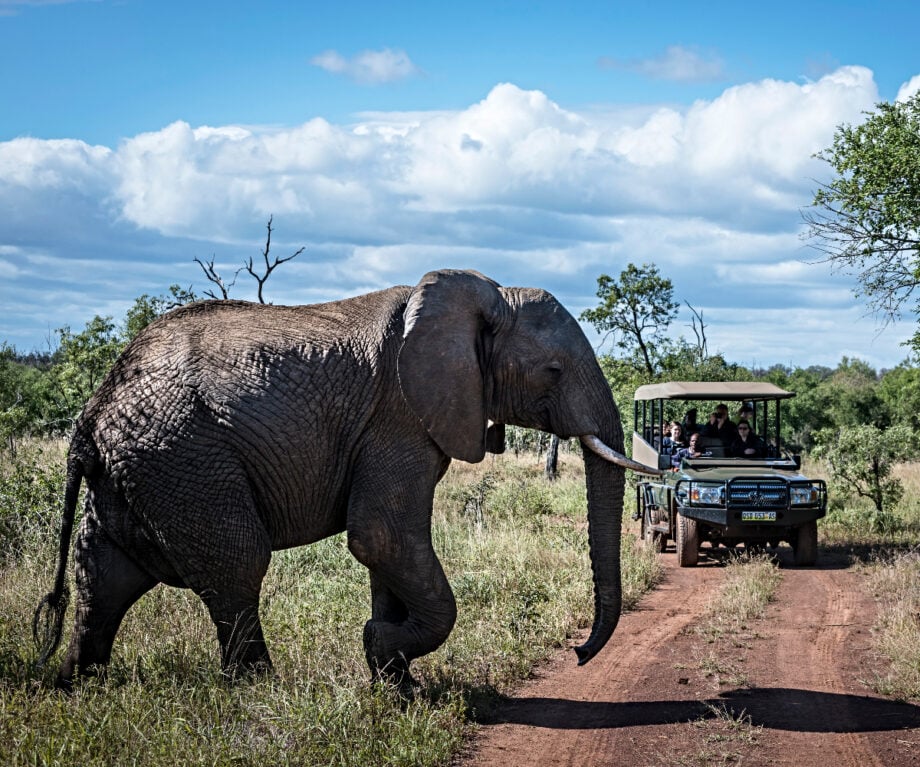
Adventure and The Great Outdoors
The more adventurous can partake in some of the country’s various adventure activities – white-water rafting on the Usutu River, caving in Gobholo Caves, or abseiling at Mantenga Waterfall and Execution Rock.

Deep within the Malolotja Nature Reserve, the Malolotja Canopy Tour offers some of the most dramatic scenery you’ll encounter in Eswatini. Another great way to explore is by mountain bike. There are popular, specific mountain bike trails in a number of locations including cycling safaris at Mlilwane Wildlife Sanctuary. For the more competitive, the Imvelo MTB Classic is an annual event held every June at Mlilwane Wildlife Sanctuary.

Sibebe Rock, just north of Mbabane, is the world’s second-largest monolith after Australia’s Uluru, it’s also the world’s largest granite dome rock. The 1487m, three-billion-year-old volcanic slab, is at its best shortly after it rains, when the wet rock glistens silver, while streams of running water pour over the rock face. Community guides operate hikes which can be arranged at nearby lodgings.

Along the border with Mozambique are the Lubombo Mountains, a string of dramatic, rugged volcanic hills. The section within Eswatini is just a small section of the 800km long range that stretches as far as Kruger National Park in South Africa. The area is home to the new initiative known as Lubombo Eco Trails, a network of hiking, cycling and 4WD tracks, linking a number of community-based enterprises, such as eco-lodges and cultural attractions, the centrepiece of which is Shewula Mountain Camp, the first community eco-tourism project in Eswatini.
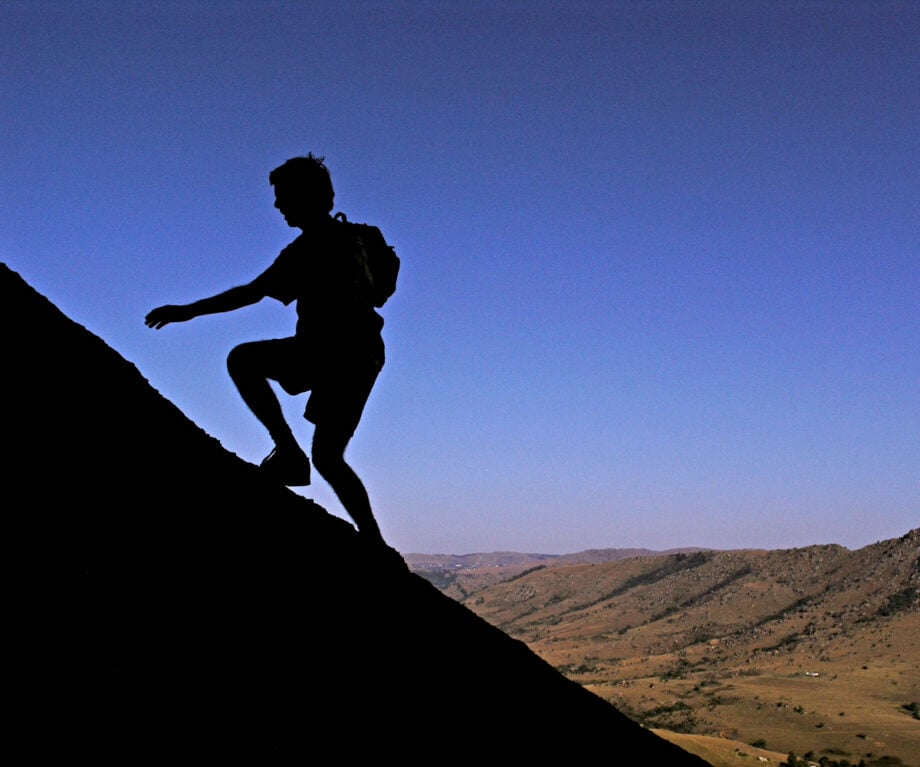
For something a little more leisurely Royal Swazi Spa in the Ezulwini Valley and Nkonyeni Golf Estate, to the south, are the country’s best golf courses, both with 18 hole championship courses and scenic views for the golfer to take in as they travel the course.
Cultural experiences
With a unique and very strong traditional culture, no visit to Eswatini would be complete without learning a bit about the local people and their cultural beliefs. The country is home to some rich traditions and fascinating festivals and there are numerous opportunities for visitors to absorb this unique cultural heritage by visiting its spectacular festivals. The famous Umhlanga (Reed Dance) and Incwala are both traditional ceremonies that involve tens of thousands of Swazi people, and attracting visitors from all over the world. The Reed Dance takes place in August and involves up to 40,000 unmarried Swazi women and girls, who travel from their villages to take part in the 8-day event that honours the Queen Mother. This is one of the biggest and most spectacular cultural events in Africa, and little can prepare you for the sheer scale of pageantry.
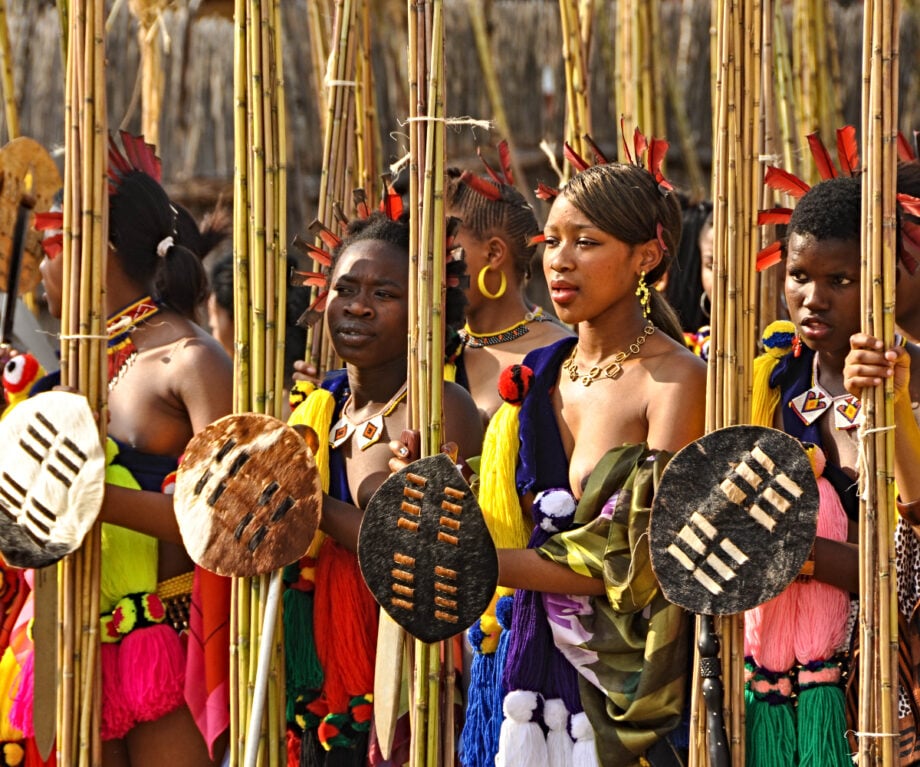



Everything you need to plan your trip in 2024
🌟 Luxury hotel deals from Booking
🏡 Vacation rentals from VRBO
✈️ Flights from KIWI
🛫 Private jets from Private Jet Finder
🅿️ Airport parking from ParkVia
🛋️ Airport lounges from Priority Pass
🚖 Airport taxis from Welcome Pickups
🚫 Flight cancellation help from AirHelp
🚗 Car rentals from Discover Cars
🚐 Luxury RV rentals from RVshare
🚴 Two-wheelers from BikesBooking
🚅 Trains from Trainline or Rail Europe
🚢 Cruises from Cruise Direct
⛵ Yacht charters from SeaRadar
🛥️ Ferries from Direct Ferries
🎫 Attractions tickets from Tiqets or Klook
🎭 Events tickets from Ticketmaster UK
🏞️ Tours from Viator or GetYourGuide
🌮 Culinary experiences from Eatwith
🏖️ Packages from Expedia US/CA or UK
🛡️ Travel insurance from Safety Wing
🏥 Medical insurance from World Nomads
📸 Vacation photos from Flytographer
🧳 Luggage from Case Luggage
🛅 Luggage storage from Stasher
📚 Travel guides from Lonely Planet
🗺️ Books and maps from Barnes & Noble
📕 eBooks from Kindle Unlimited
🎧 Audiobooks from Audible
🎬 Movies from Prime Video UK
🎵 Music from Amazon Music UK
💶 Travel currency from Wise
📱 SIMs from SimOptions
🌐 VPNs from ExpressVPN or NordVPN
🛂 Visas from iVisa
💸 Earn with Travelpayouts
📨 Seen a broken link? Please contact us!
Museums and history
Eswatini’s rich culture dates back centuries and a visit to the country’s museums and historic places is well worth your time. The national museum, Umsamo Wesive, was built in 1972 and contains exhibits of on culture, history and natural history. The King Sobhuza II Memorial Park, built in 1982 after the death of King Sobhuza II (father of today’s King Mswati III), is a formal garden immediately opposite the National Museum. A glass mausoleum here, preserves the spot where King Sobhuza II’s body lay in state after his death, and a small museum displays photos and documents from the King’s long life.
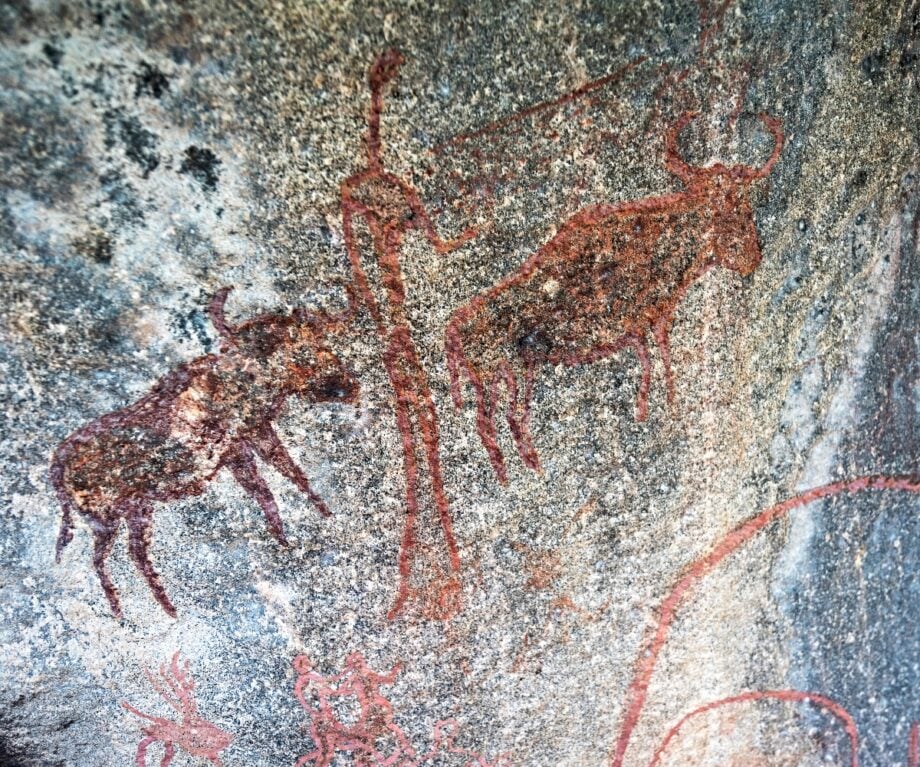
A visit to Nsangwini Rock Art is another worthwhile excursion for those interested in history. A short hike, down a slightly steep and rocky slope, reveals paintings that are a examples of prehistoric art and a local guide can tell you more about the meaning of the paintings.
Arts and crafts
Eswatini has a varied range of traditional arts and crafts, many of which can be found in top homeware stores and trendy boutiques around world. Basket ware, glassware, exquisite candles, batik items, jewellery, wood and stone carvings – all uniquely Swazi.
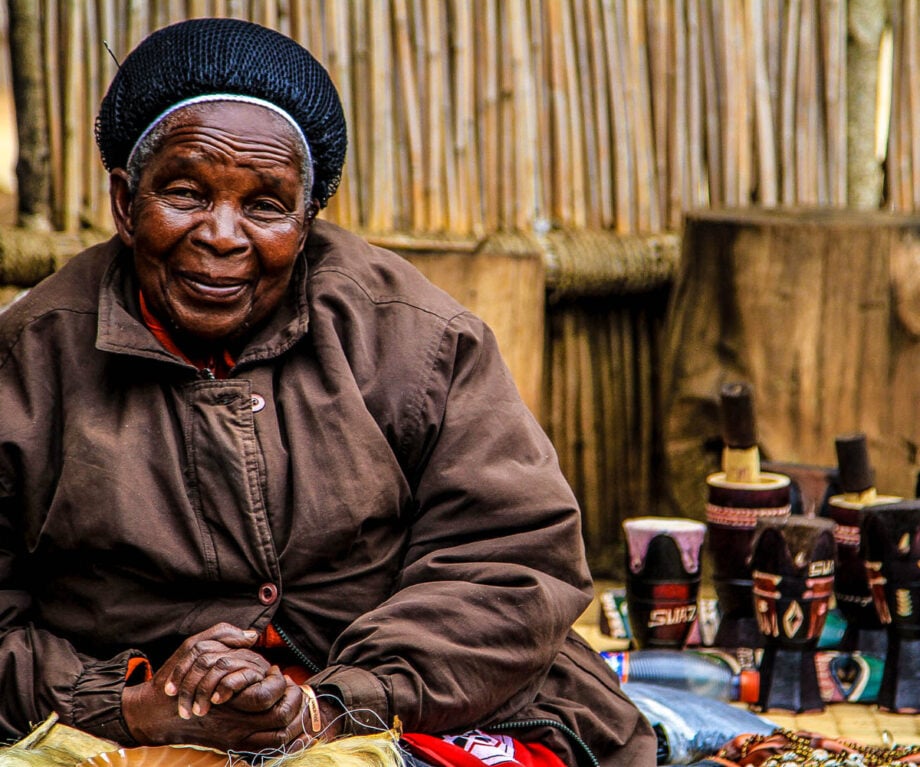
Travellers should pay a visit to both Swazi Candles and Ngwenya Glass. The candles are impressive with their various designs and patterns and make wonderful souvenirs, while at the glass factory you’ll have the opportunity to both watch the glass-blowing process and to buy some of the fabulous pieces.

Next to the glass factory, there are numerous souvenir shops with handmade products from Eswatini and alongside Swazi Candles you can watch woodcarvers at work and purchase souvenirs including woven baskets, batik prints, carved masks, and jewellery. The Mantenga Craft and Lifestyle Centre offers similar fare, plus an opportunity to nip around the back and watch some of the artists at work.



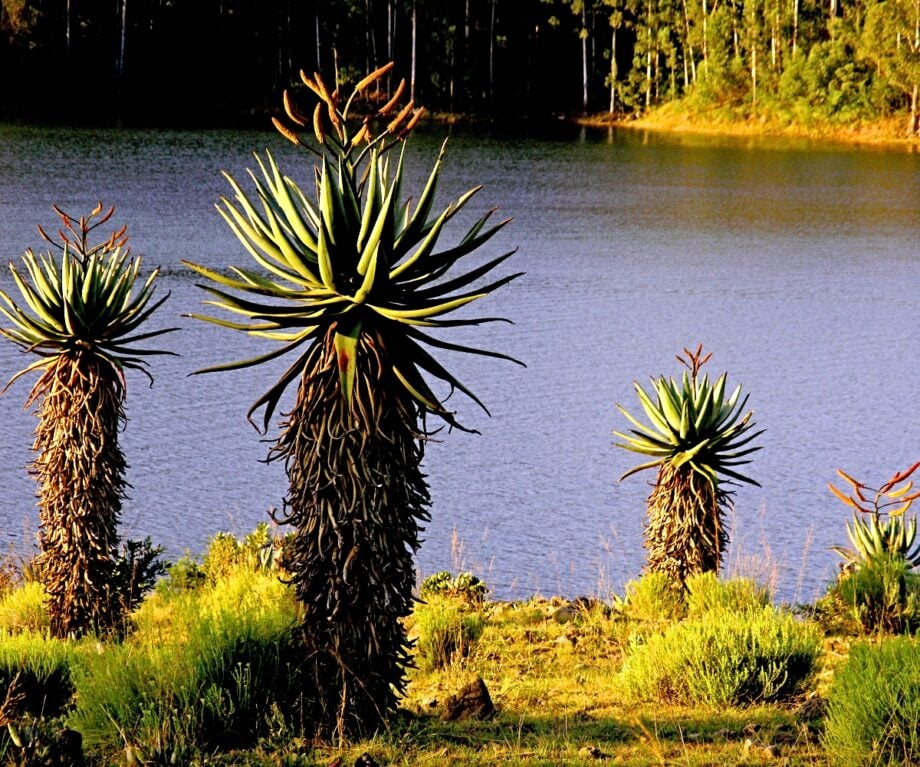
Eswatini really is beginning to capture the imaginations of travellers worldwide, visit now and discover this tiny country with a big heart.

Did you enjoy this article?
Receive similar content direct to your inbox.

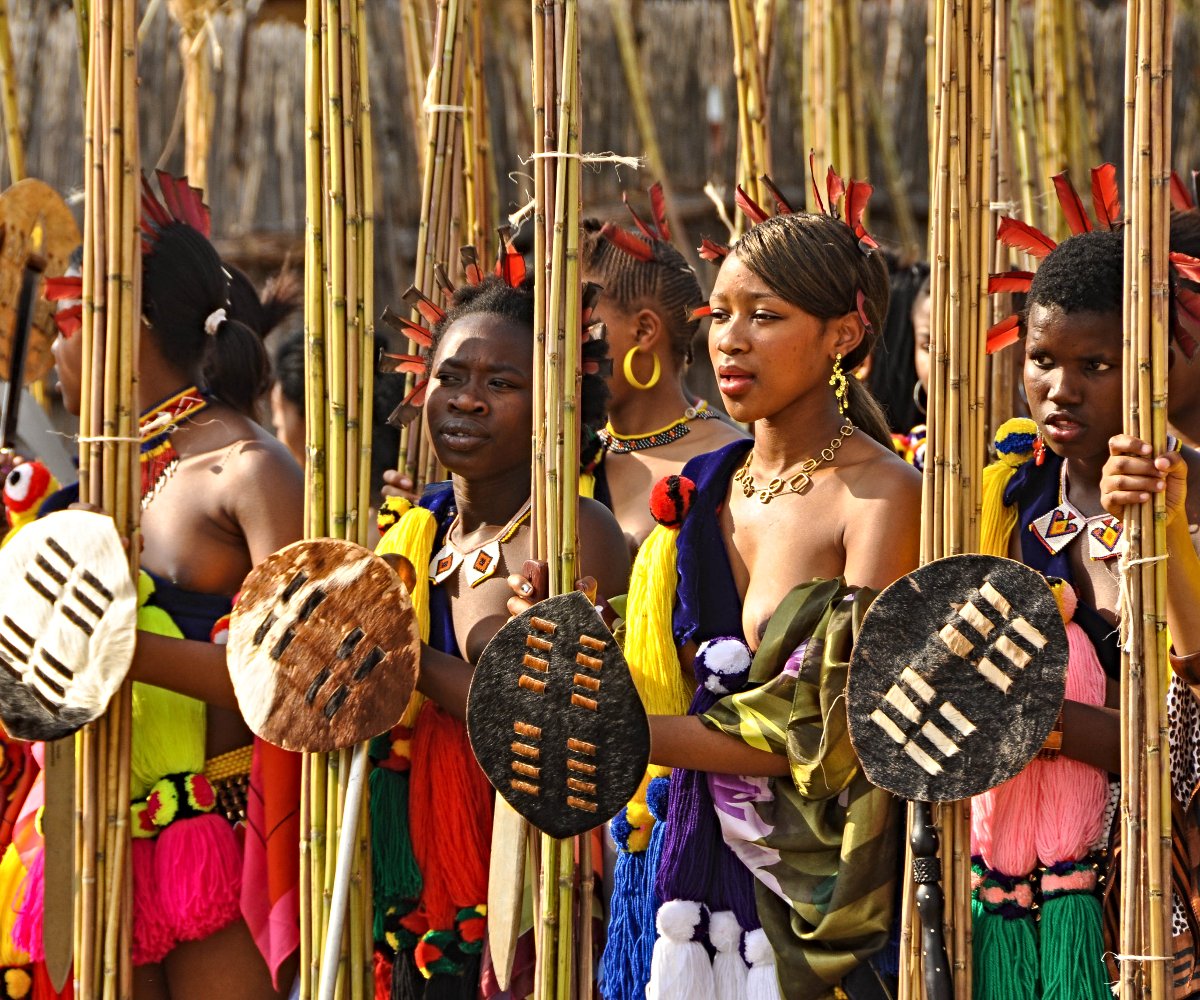

Yes, I’ve done that very journey from Kruger National Park to KwaZulu-Natal and after reading this post I wish I’d done an Eswatini stopover. You live and learn.
Hi Suzy,
Glad you enjoyed the post… Maybe next time you’re passing on that route you can incorporate Eswatini too 😊
Sarah
Time that I brushed up on my African Geography. I had no idea that Eswatini existed. I’m still very much Old School Geography book.
Hi Carolyn,
I know what you mean about African Geography… I live here but I’m still surprised from time to time when I realise a country, city or town has changed its name.
Sarah
Utterly amazing that The Reed Dance is thriving in the 21st century. It must be some spectacle, quite a privilege to watch that if travellers can make the dates work.
Hi Chris,
I must admit I was blown away by the huge numbers of people involved in the Reed Ceremony. As a journalist I had the privilege of being allowed on the field with the participants, and being surrounded by so many people was amazing and looking back at the crowds sitting in the stadium was incredible.
Sarah
Eswatini may be small but it certainly packs a punch when it comes to getting out and enjoying the wild with abseiling, caving, climbing and white water rafting.
Hi Steven,
Yes, there are definitely plenty of activities, especially outdoors.
Sarah
A lovely read, absolutely fascinating, really brightened up a grey bus ride into work. It really whetted my appetite for an African adventure sometime in 2024.
Hi Beth,
Glad to have brought a bit of sunshine to your day. You must definitely add an African journey to your 2024 New Year’s resolutions!
Sarah
Great piece! Most blog posts are about a hotel or town or region but you’ve summed up a whole country and totally nailed it.
Hi Rob,
Thanks! Glad you enjoyed the post.
Sarah
Game drives aren’t really my first choice if I’m on safari. It’s all too intrusive. I much prefer walking safaris and have done several though I’ve never tracked rhino on foot. That must be an exhilarating experience.
Hi Hamish,
I love game drives, but actually walking safaris are my preference. There’s nothing that quite compares to experiencing the African Bush on your own two feet.
Sarah
It seems to me that Eswatini is working hard to stay true to its roots, presenting a much more authentic Africa experience than many of its neighbours who are focusing on the very top end of the safari market. Really good to see do much emphasis on culture.
Hi Aditya,
Eswatini are definitely very focused on keeping their traditions alive, which is great.
Sarah